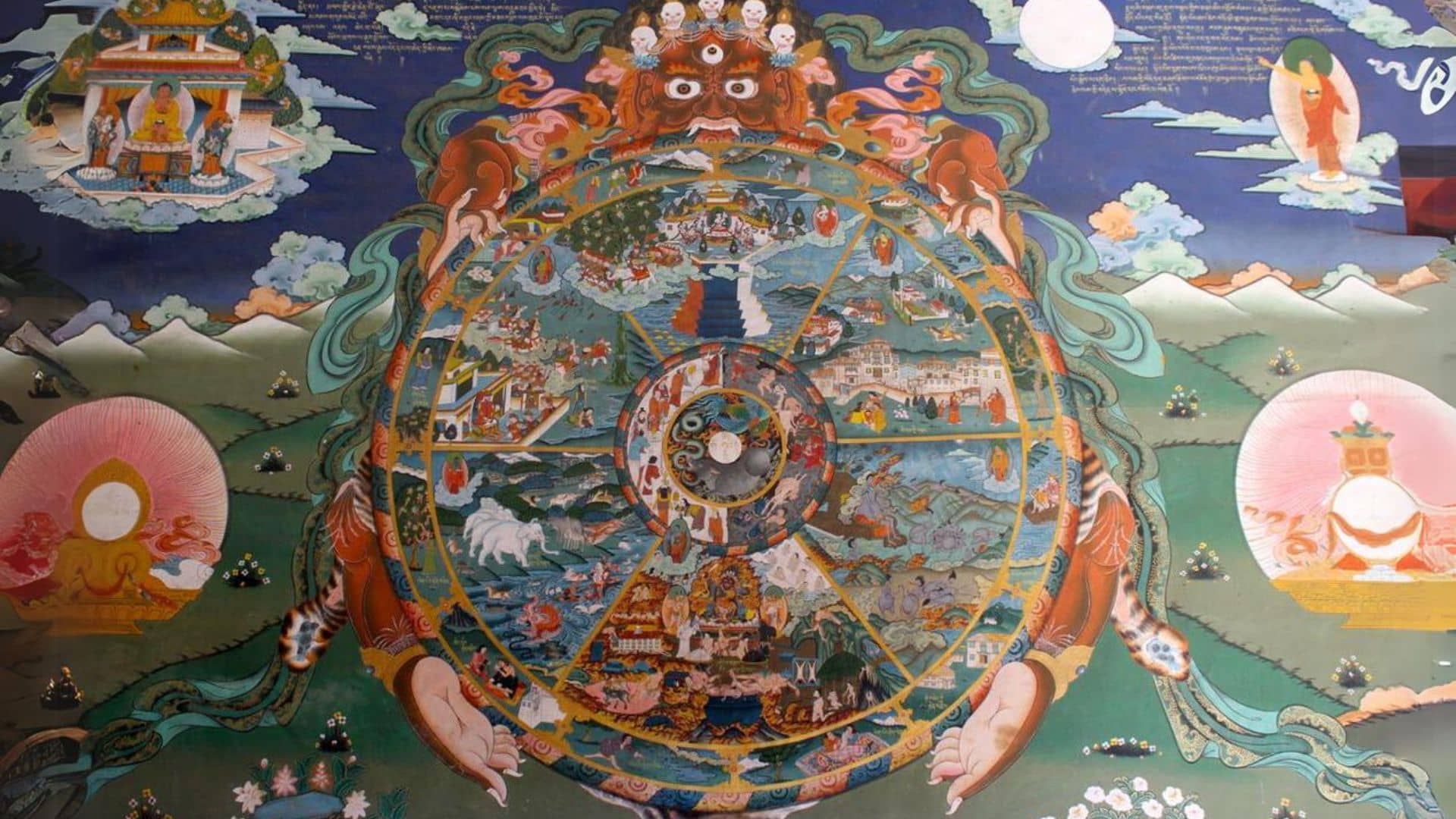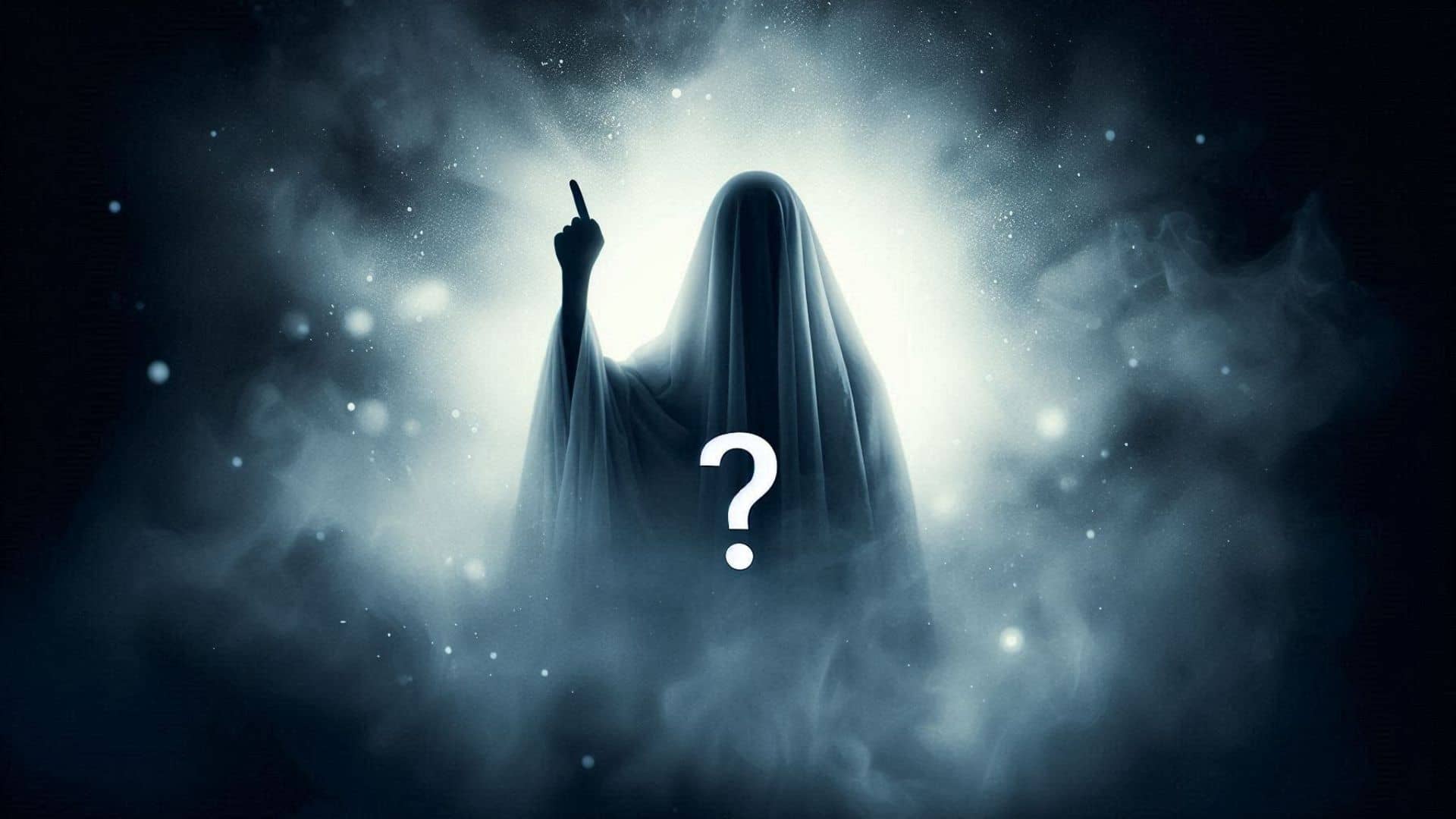The concept of ghosts, or “bhuts” as they are called in Hindi and Sanskrit, has been a cornerstone of Indian folklore and belief systems for millennia. Unlike the western idea of transparent, moaning figures, Ghost in Indian culture are more complex and nuanced. Let’s delve into the question of their existence based on traditional Indian perspectives, incorporating the role of astrology.
The Realm of the Unresolved

Hinduism, the dominant religion in India, emphasizes the cycle of rebirth (samsara). When a person dies, their soul ideally moves on to the next life. However, certain factors can disrupt this cycle, causing the soul to linger in the earthly realm as a bhoot. These factors include:
- Violent or Untimely Death: A sudden or violent death can leave the soul unsettled and unable to accept its demise.
- Unfulfilled Desires: If a person has strong, unresolved desires or attachments at the time of death, they might linger as a ghosts to try and fulfill them.
- Incomplete Funeral Rites: Proper funeral rites are crucial for a peaceful transition. Incomplete or improper rituals can trap the soul as a ghost.
- Astrological Incompatibility: In Vedic astrology, the placement of planets at the time of death can influence the soul’s journey. Malefic planetary placements in certain houses (like the 8th house associated with death and transformation) or a clash between the birth chart and the death chart (known as “kuja dosha” or “mangal dosha”) can create energetic disturbances that make it harder for the soul to move on.
Manifestations of the Ghost

The nature of a ghost depends on the reason for its existence. Here are some common types:
- Preta: These are bhuts driven by insatiable hunger and thirst due to improper funeral rites.
- Pisacha: These malevolent bhuts are said to harm the living, often associated with black magic.
- Bhatke Huye Aatma: These are “wandering souls,” generally harmless but causing disturbances due to their unsettled state.
Who Can See Ghost?

According to Indian beliefs, not everyone can perceive ghost or bhuts. Here are some possibilities:
- Individuals with Psychic Abilities: People with heightened senses or spiritual inclinations might be more receptive to seeing or feeling the presence of bhuts.
- The Vulnerable: Children, pregnant women, and the elderly are considered more susceptible to the influence of ghost due to their weaker energy fields.
- Spiritual Experiences: During deep meditation or near-death experiences, individuals might encounter bhuts on the astral plane.
- Those Born Under Sensitive Nakshatras: Certain lunar mansions (nakshatras) in Vedic astrology are associated with heightened intuition or sensitivity to the unseen. People born under these nakshatras might be more likely to perceive bhuts.
Important Caveats
It’s important to note that the concept of ghosts exist is steeped in folklore and personal belief. There is no scientific evidence to support their existence. Additionally, some mental illnesses can manifest with symptoms that resemble experiences with bhuts.
Conclusion
Whether ghosts exist in a literal sense is a matter of personal faith. However, the concept of ghost in Indian culture serves as a powerful metaphor for unresolved emotions, unfulfilled desires, and the importance of proper rituals for the deceased. Understanding these beliefs, including the astrological influences, can give us deeper insights into the rich tapestry of Indian tradition.
For more insightful Do Ghosts Exist, visit Curious Kasturi.



